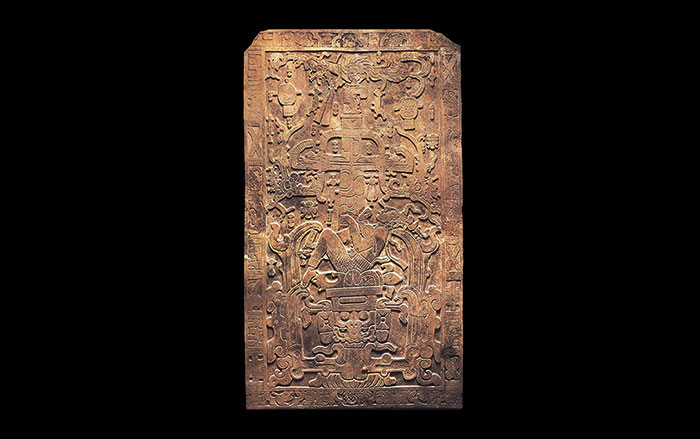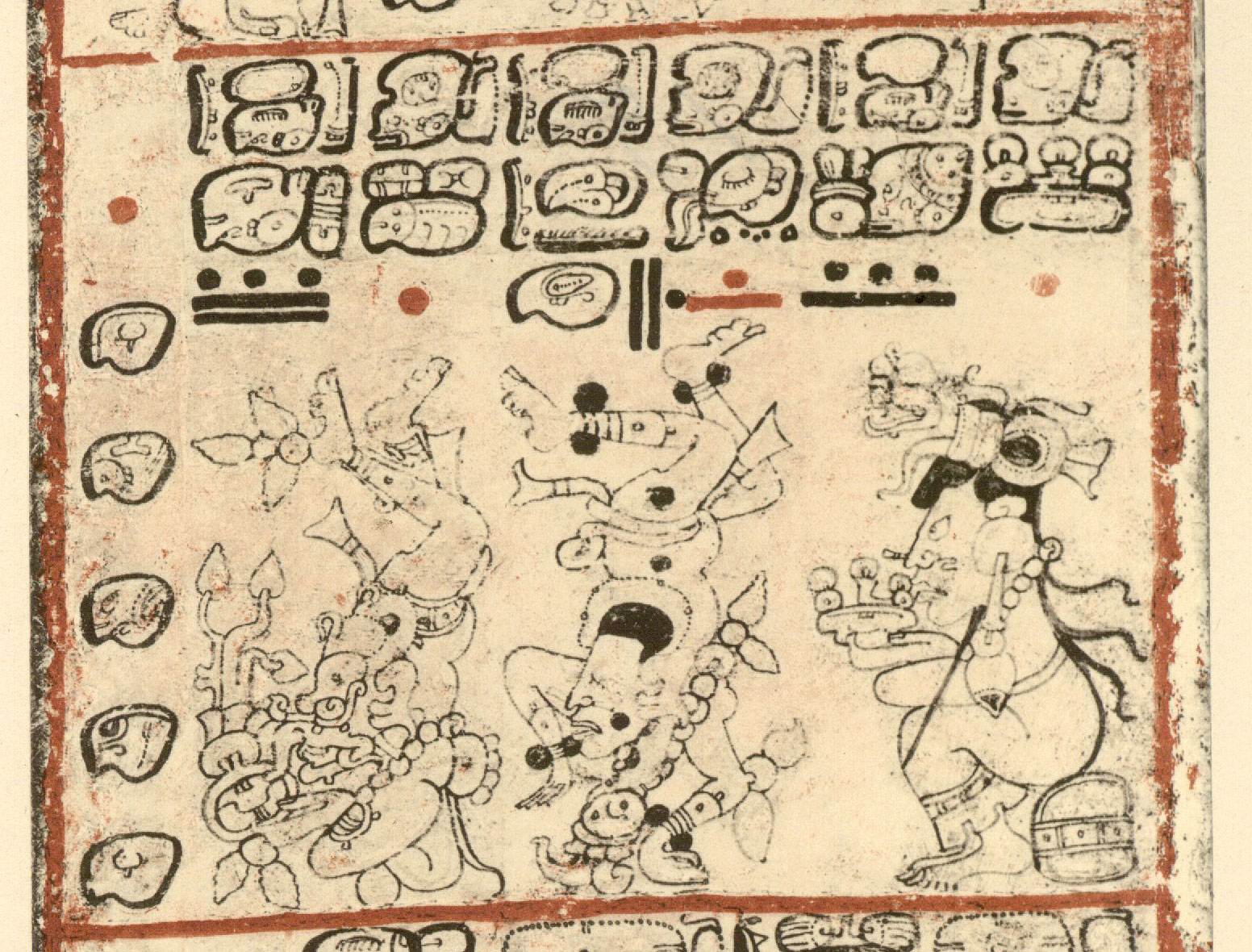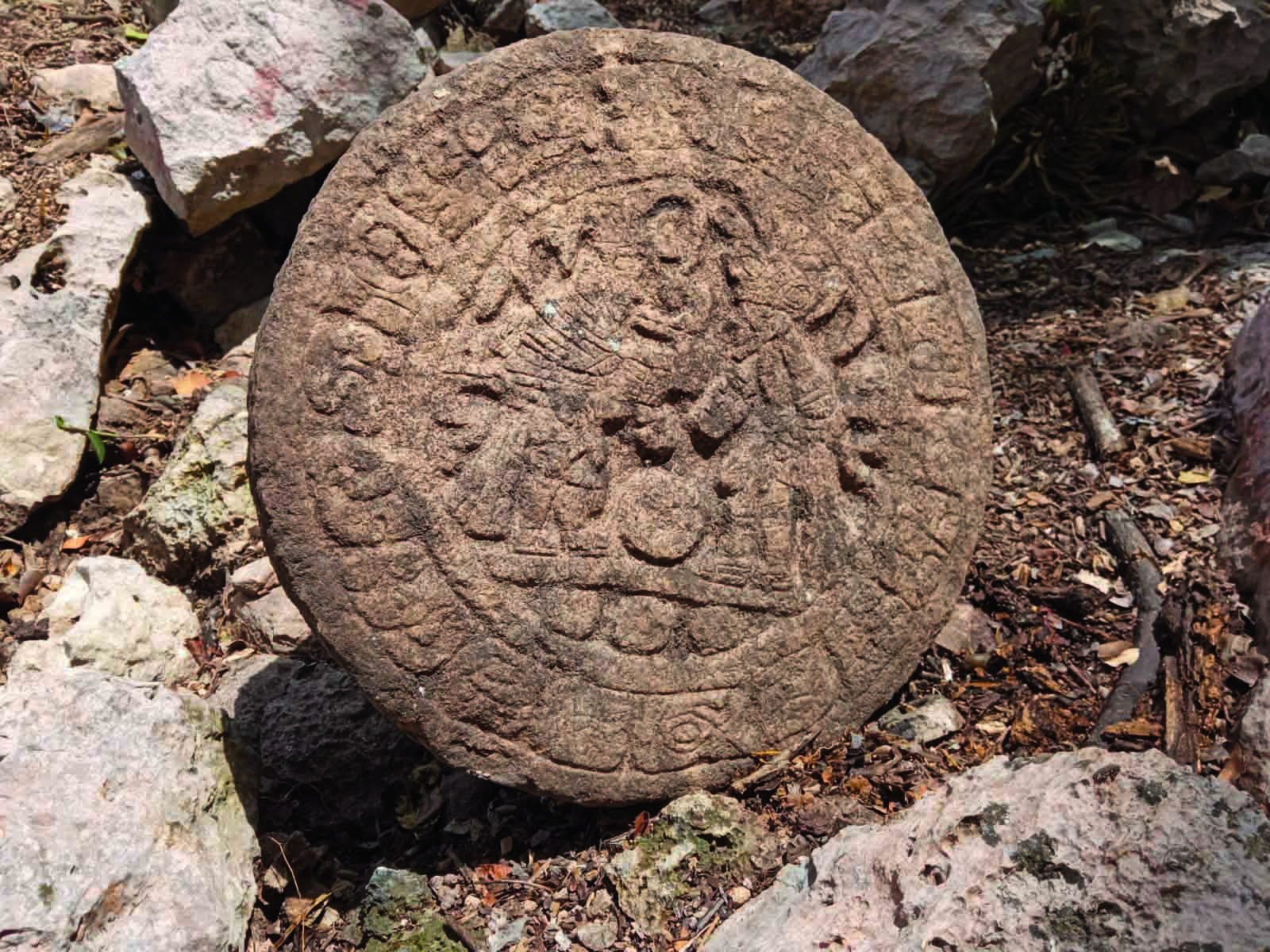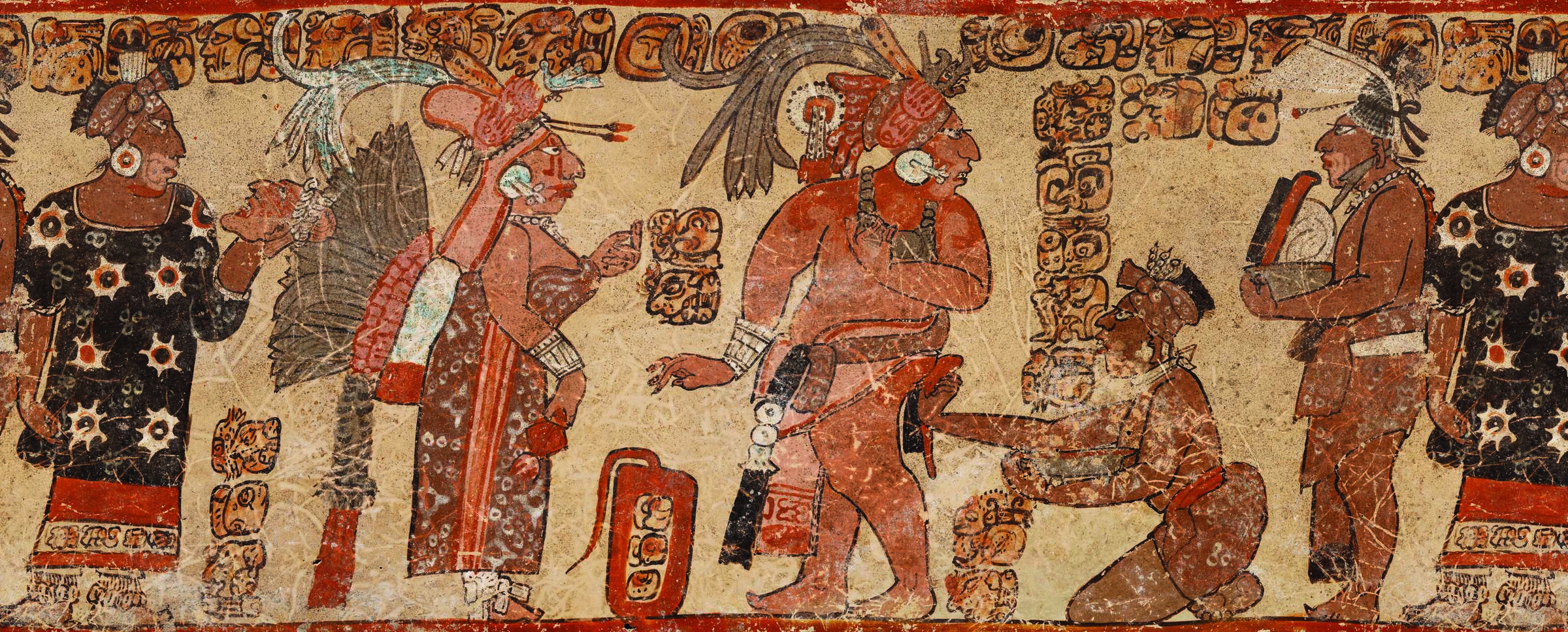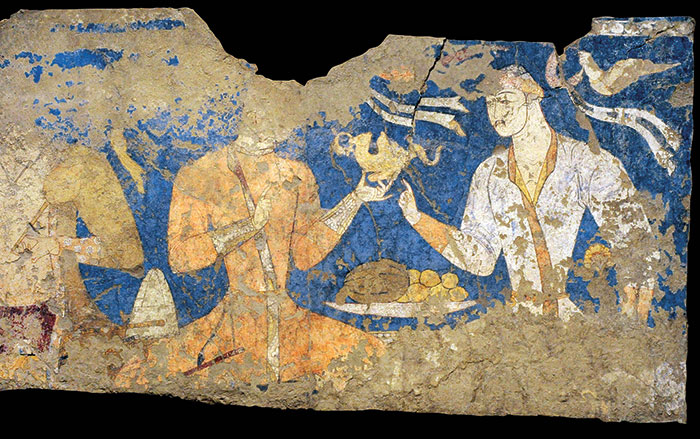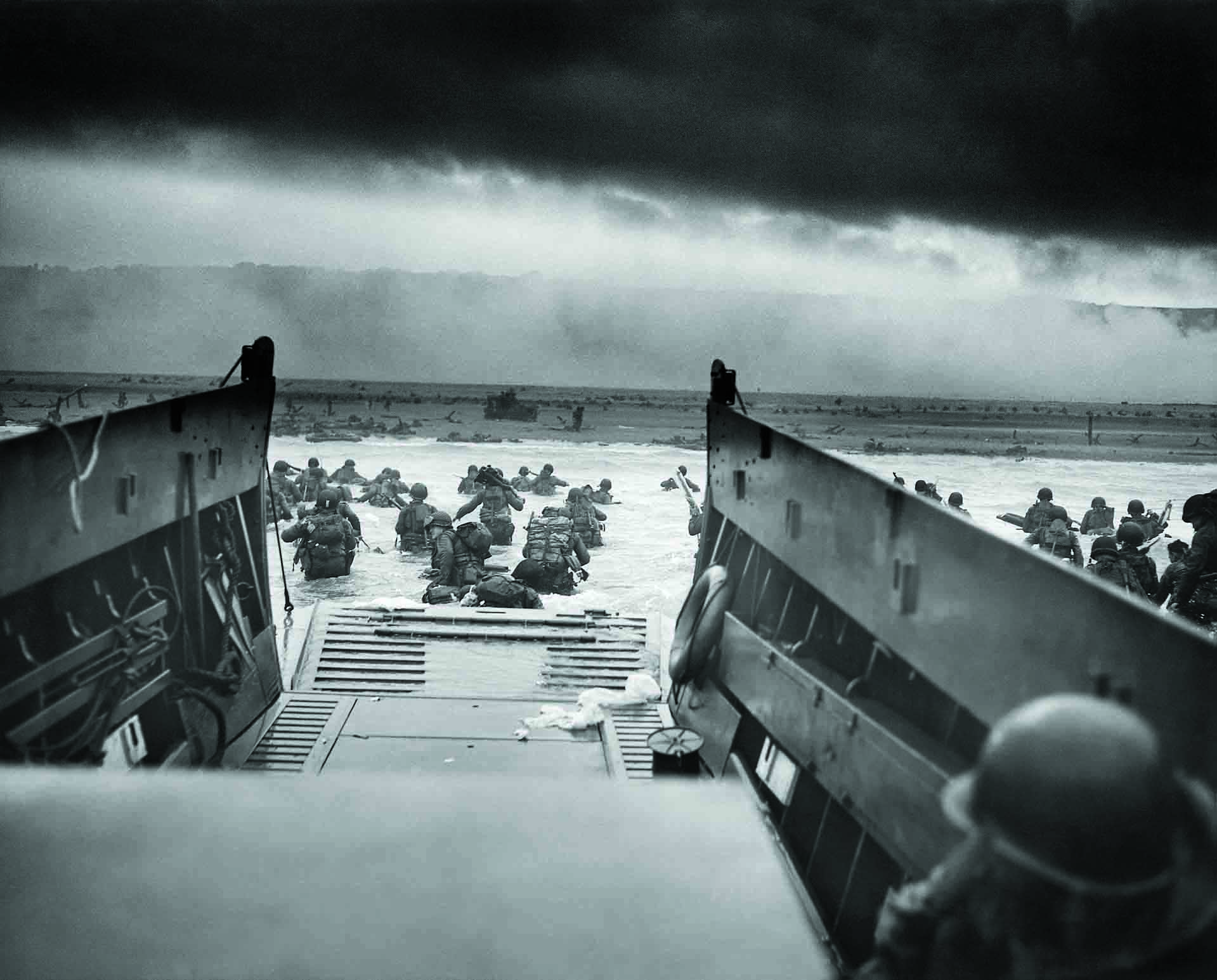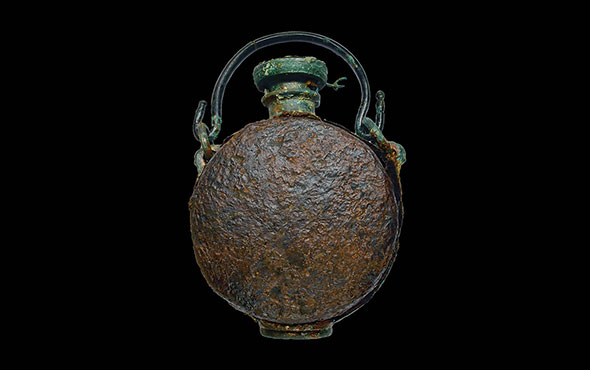
MEXICO CITY, MEXICO—According to an Associated Press report, researchers led by Helena Barba Meinecke of Mexico’s National Institute of Anthropology and History have identified the wreckage of a paddle-wheel steamboat discovered in 2017 as La Unin, a vessel that carried Maya people to Cuba to work in sugarcane fields before it sank near the Yucatan port of Sisal in 1861. Although slavery was illegal in Mexico, the operators of La Unin and similar vessels are thought to have purchased Mayas who were captured as combatants or left landless during the rebellion known as the War of the Castes, which took place from 1847 to 1901. “The grandparents and great-grandparents of the inhabitants of Sisal told them about a steam ship that took away Mayas during the War of the Castes,” Barba Meinecke said. “And one of the people in Sisal who saw how they led the Mayas away as slaves, told his son and then he told his grandson, and it was that person who led us to the general area of the shipwreck.” It is unclear from ship records if La Unin was carrying any Mayas as cargo on its last voyage. The researchers plan to look for descendants of transported Mayas in Havana, in a neighborhood known as “Campeche,” Barba Meinecke added. To read about how Maya clothing and body ornaments reflected their varying societal roles, go to "From Head to Toe in the Ancient Maya World."



